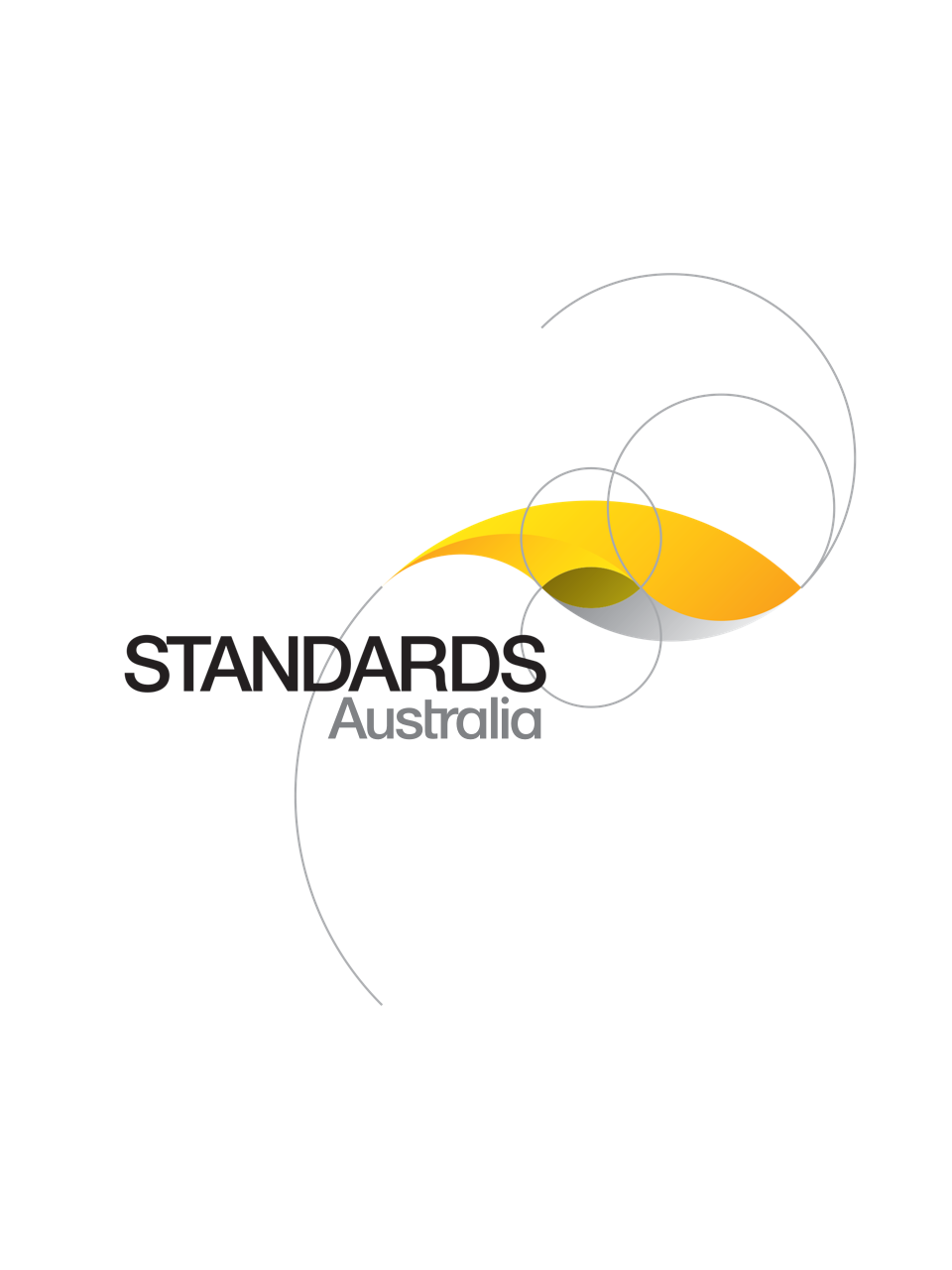Standard
Track updates
AS/NZS 4282:2023
[Current]Control of the obtrusive effects of outdoor lighting
AS/NZS 4282:2023 sets out requirements for the control of the obtrusive effects of outdoor lighting. It includes limits for the relevant light technical parameters to control these effects.
Published: 03/11/2023
Pages: 52
Table of contents
Cited references
Content history
Table of contents
Header
About this publication
Preface
Introduction
1 Scope and general
1.1 Scope
1.2 Normative references
1.3 Terms and definitions
1.4 Demonstration of conformity
2 Potential obtrusive effects
2.1 General
2.2 Influence of surrounding context
2.3 Specific effects
2.3.1 Effects on residents
2.3.2 Effects on transport system users
2.3.3 Effects on transport signalling systems
2.3.4 Effects on the night sky (sky glow)
2.3.4.1 Astronomy
2.3.4.2 Cultural impacts
2.3.4.3 Impact on flora and fauna
2.3.4.4 Impact of the spectral content of the light
2.3.5 Effects on the natural environment
3 Light technical parameters
3.1 General
3.2 Limits for light technical parameters
3.2.1 Applicable limits
3.2.2 Applicable light technical parameters
3.2.3 Basis for differentiation of limits according to area type
3.2.4 Basis for differentiation of limits for Ev and I according to times of operation
3.2.5 Basis for differentiation of limits for luminous intensity (I) according to precedent
3.3 Assessment of conformance
3.3.1 Environmental Zones A0-A4
3.3.1.1 General
3.3.1.2 Application of environmental zones
3.3.1.3 Calculation of illuminance (Ev) and intensity (I) in a vertical plane
3.3.1.4 Vertical calculation plane location
3.3.1.5 Height of the vertical calculation points
3.3.1.6 Obstructions
3.3.1.7 Calculation conditions for threshold increment (TI)
3.3.1.8 Upward light ratio
3.3.1.8.1 General
3.3.1.8.2 Upward light ratio (system) ULRS
3.3.1.8.3 Upward light ratio (luminaires) ULRL
3.3.2 Sport and event venues illuminated for TV coverage
3.3.2.1 General
3.3.2.2 Calculation of intensity (I)
3.3.3 Lit surfaces
3.3.3.1 General
3.3.3.2 Signs, façades and artwork with dynamic content
3.3.3.3 Calculation procedures
3.3.3.3.1 Internally lit and light emitting surfaces
3.3.3.3.2 Externally illuminated surfaces
3.3.3.4 Control of upward waste light
3.3.3.5 Lighting of flags and banners
4 Public lighting
4.1 General
4.2 Assessment of conformance
4.3 Public lighting zones
4.3.1 Basis for differentiation of limits according to zone type
4.3.2 Public lighting zones for public lighting schemes as determined by AS/NZS 1158.3.1
4.4 Limits for light technical parameters
5 Use of computer programs
Appendix A
A.1 Introduction
A.2 Principles of obtrusive light mitigation
A.3 Reflective properties of an illuminated surface
A.4 Installation and commissioning
A.5 Maintenance
A.6 Design guidelines for horizontal areas
A.6.1 Spill light
A.6.2 Location of illuminated area/activity
A.6.3 Selection of luminaires and light distribution
A.6.4 Location and aiming of luminaires
A.6.5 Luminaire mounting height
A.7 Design guidelines for externally illuminated vertical objects
A.7.1 General
A.7.2 Luminance limits
A.7.3 Location and aiming of luminaires
A.7.4 Spill light
A.8 Classification of luminaires for floodlighting
Appendix B
B.1 Scope of Appendix
B.2 Statement of objectives
B.3 Supporting documentation
B.3.1 Information relating to the environment
B.3.2 Information relating to the lighting installation
Appendix C
C.1 Introduction
C.2 Effects of artificial light on plants, animals and ecosystem function
C.3 Self-assessment of whether an action should be referred under the Australian Environment Protection and Biodiversity Conservation Act 1999
C.4 Environmental Impact Assessment Overview
Appendix D
D.1 Introduction
D.2 Utilization of flag illumination
D.3 Flag illuminance
D.4 Selection of luminaire
Appendix E
E.1 Scope
E.2 Factors that influence the uncertainty of the results
E.3 Check measurements
E.4 Luminance measurements
E.4.1 General
E.4.2 Direction of measurement
E.4.3 Factors that influence the uncertainty of the results
E.4.3.1 General
E.4.3.2 Calibration of the luminance meter
E.4.3.3 Meter acceptance angle
E.4.3.4 Non-uniform signs
E.4.3.5 Coloured surfaces
E.4.3.6 Dimmable lighting
Bibliography
Cited references in this standard
[Current]
General requirements for the competence of testing and calibration laboratories
[Current]
Lighting for roads and public spaces, Part 1.1: Vehicular traffic (Category V) lighting - Performance and design requirements
[Pending Revision]
Lighting for roads and public spaces, Part 2: Computer procedures for the calculation of light technical parameters for Category V and Category P lighting
[Current]
Lighting for roads and public spaces, Part 3.1: Pedestrian area (Category P) lighting - Performance and design requirements
[Current]
Lighting for roads and public spaces, Part 4: Lighting of pedestrian crossings
One-time Purchase
Access via web browser on any device
One-time purchase
Single publication
Offline access via PDF^
$211.37 AUD
Inclusive of GSTFormat *
Web Reader
Licenses *
1 License (for yourself - not shareable)
Total$211.37 AUD
IMPORTANT
